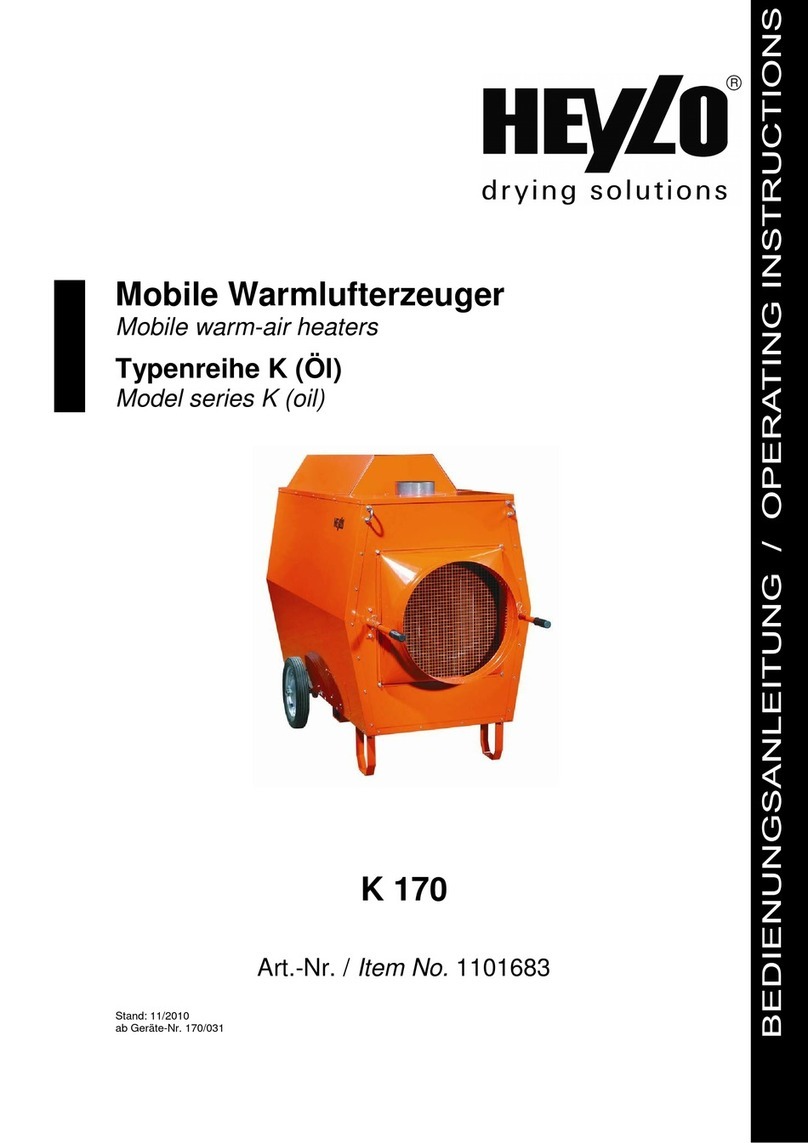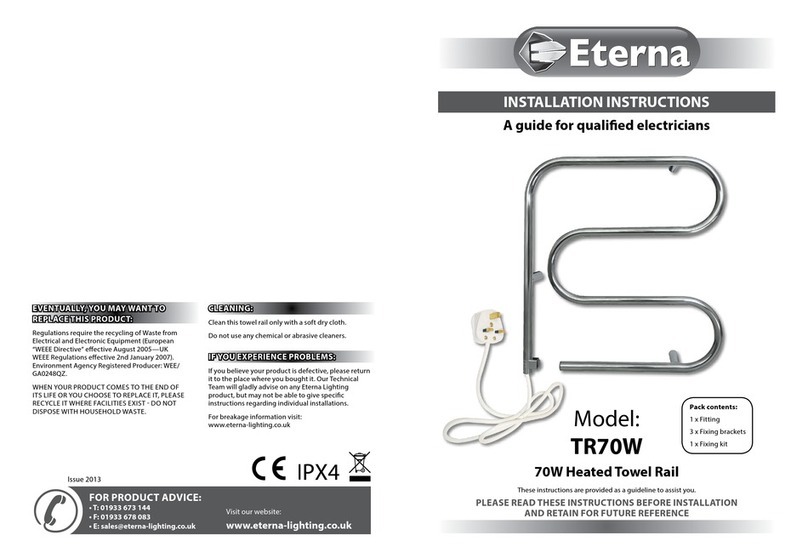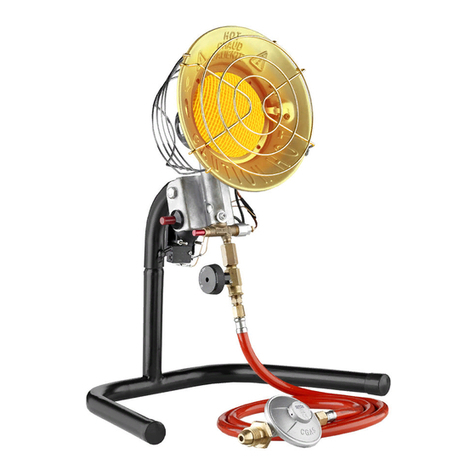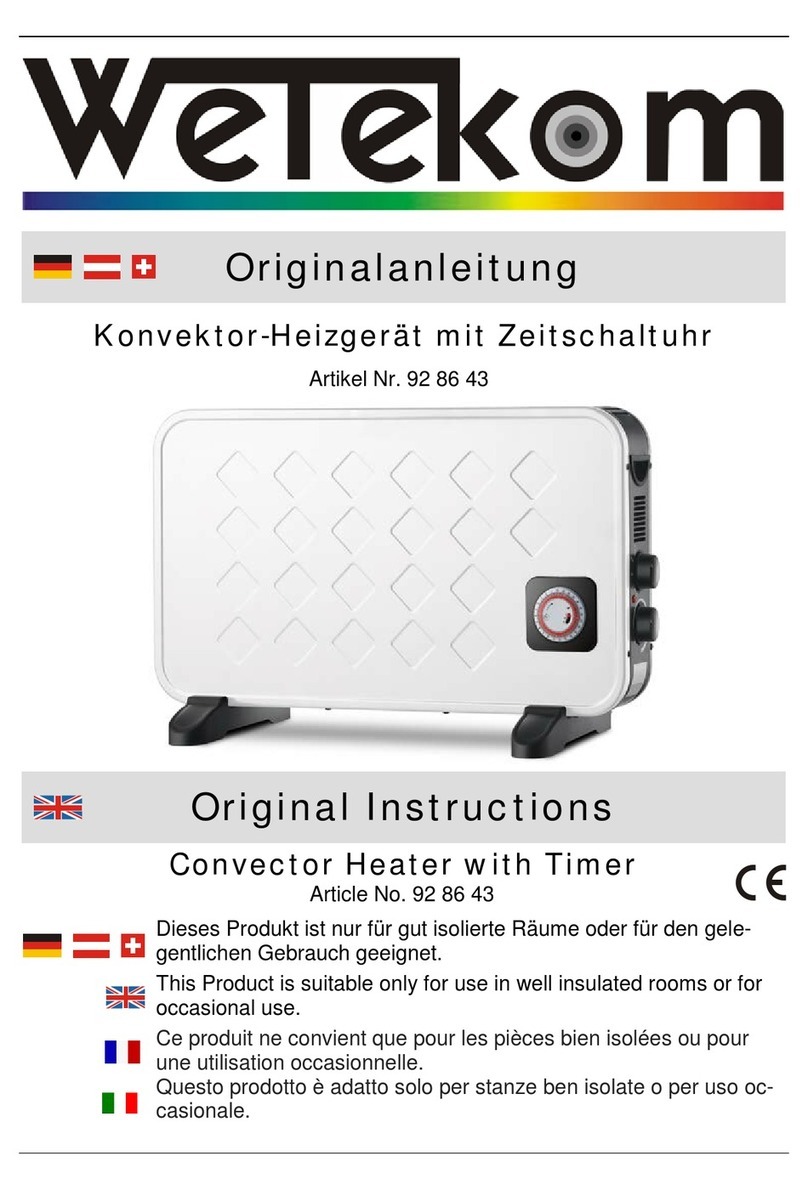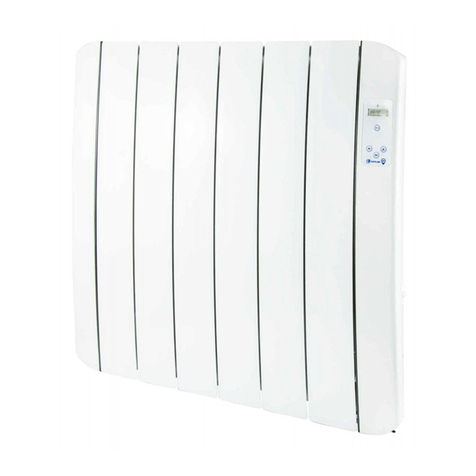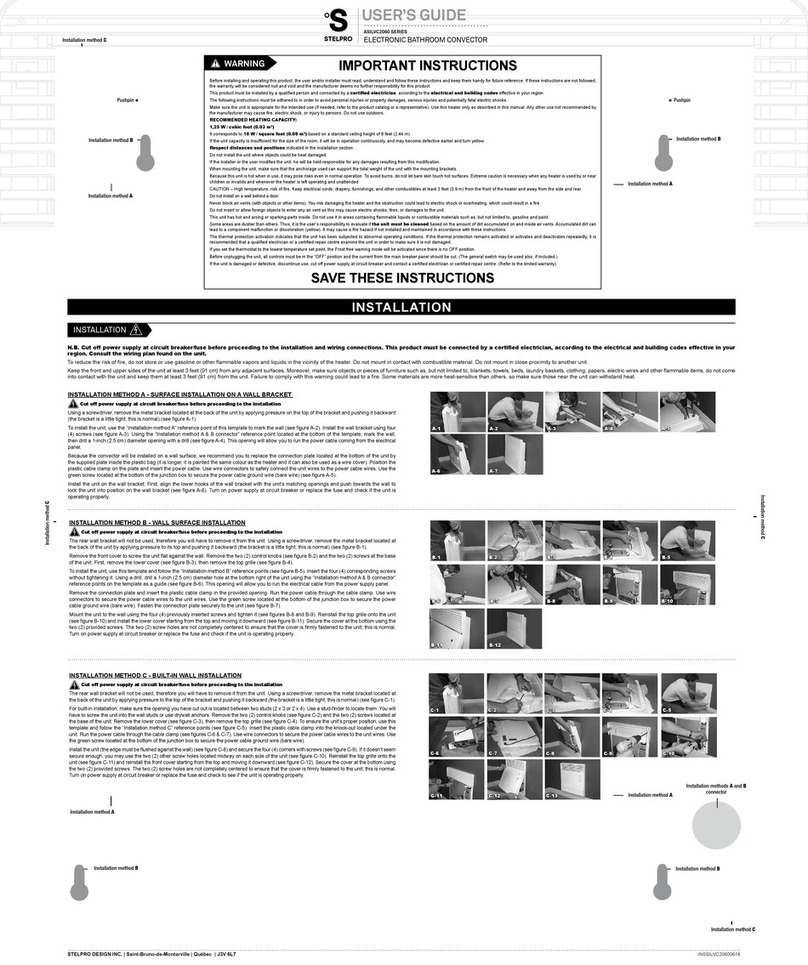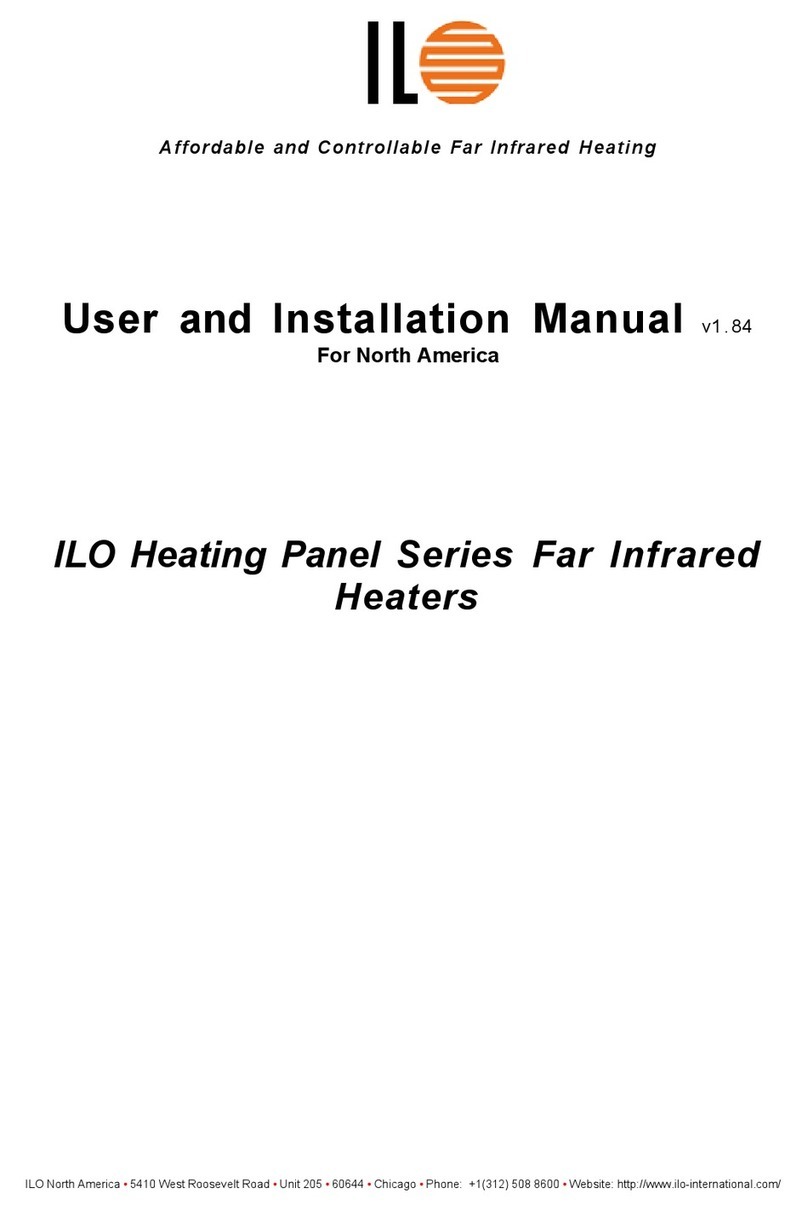
Supplied By www.heating spares.co Tel. 0161 620 6677
2Contents Part No. 900/9350/1
Contents - Page 2
1. TECHNICAL DATA.................................................................................................................................................. 3
2. GENERAL................................................................................................................................................................ 4
3. INSTALLATION REQUIREMENTS......................................................................................................................... 4
3.1 Fire location....................................................................................................................................................... 4
3.2 Check The Chimney.......................................................................................................................................... 4
3.3 Combustible Wall Cladding................................................................................................................................5
3.4 Fireplace Opening .............................................................................................................................................5
3.5 Fire Surround & Shelves....................................................................................................................................5
3.6 Spigot & Spigot Extension................................................................................................................................. 6
3.7 Pre-Cast Flue.....................................................................................................................................................6
4. INSTALLATION....................................................................................................................................................... 6
4.1 Unpack the Fire .................................................................................................................................................6
4.2 Pre-Cast Flue.....................................................................................................................................................6
4.3 Closure Plate - Wall Mounted............................................................................................................................ 7
4.4 Closure Plate - Hearth Mounted........................................................................................................................ 7
4.5 Spigot Restrictor................................................................................................................................................ 7
4.6 Dis-assemble The Fire.......................................................................................................................................8
4.7 Mounting The Fire..............................................................................................................................................8
4.8 Prepare The Fire Connection ............................................................................................................................8
4.8.1 Gas Connection........................................................................................................................................ 9
5. CHECK GAS PRESSURE & OPERATION OF FIRE.............................................................................................. 9
6. TEST for SPILLAGE ............................................................................................................................................. 10
7. COMPLETE THE INSTALLATION........................................................................................................................ 11
8. CUSTOMER INFORMATION................................................................................................................................. 11
9. SERVICING & REPLACEMENT OF PARTS ........................................................................................................ 12
9.1 General Access ...............................................................................................................................................12
9.2 Burner and Electrode.......................................................................................................................................13
9.2.1 Electrode
9.2.2 Burner..................................................................................................................................................... 13
9.3 Gas Tap, Piezo And Injectors.......................................................................................................................... 14
9.3.1 Piezo....................................................................................................................................................... 14
9.3.2 Injectors.................................................................................................................................................. 14
10 SHORTLISTOFSPARES....................................................................................................................................... 15








